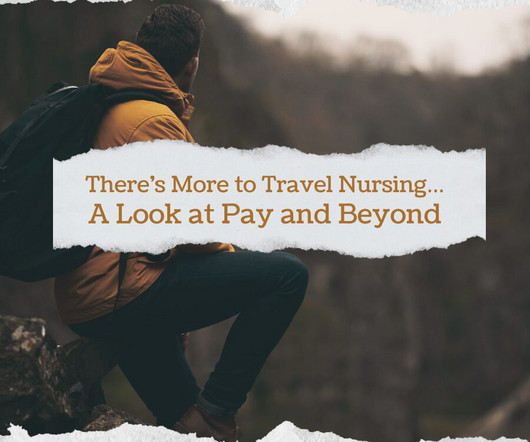Reading the (Nursing Career) Writing on the Wall
Daily Nurse
APRIL 13, 2023
With 40 percent job growth projected by the Bureau of Labor Statistics (BLS) for CNRA, CNMs, and NPs through 2031, those who choose this career track stand a better chance of landing the position they’re after. As a result, your resume needs to be optimized for keywords to get past the bots, so brush up on how to make that happen.












Let's personalize your content